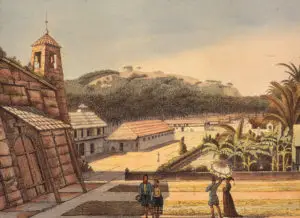
Father Aniceto Ibáñez del Carmen
Father Aniceto Ibáñez del Carmen (1828 – 1892) is an important fixture in the history of the Order of the Augustinian Recollects in the Marianas.

Father Aniceto Ibáñez del Carmen (1828 – 1892) is an important fixture in the history of the Order of the Augustinian Recollects in the Marianas.
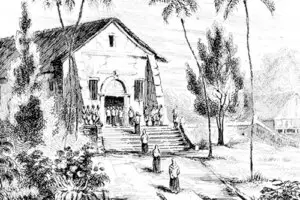
Father Don Ciriaco de Espiritu Santo (abt 1780 – 1849), a Filipino, spent 34 years in the Marianas, particularly Guam, from 1815 to 1849. Del
Kepuha (also spelled Quipuha) was a maga’låhi from Hagåtña, whose role in welcoming Spanish missionaries to Guam makes him a controversial figure in the island’s
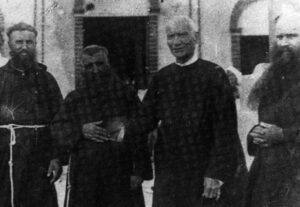
In 1889, when the unified Spanish Province was divided, a separate jurisdiction was created specifically for the Capuchin missionaries in the Carolines called the District
Bishop Joaquín Felipe Oláiz Table of Contents Share This Contributed to the Guam mission’s growth Bishop Joaquín Felipe Oláiz y Zabalza (1872 – 1945) was
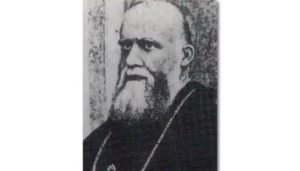
Bishop Agustín José Bernaus y Serra, or Bishop Bernaus, was the second Apostolic Vicar of Guam. When Bishop Francisco Javier Vilá died in 1913, Bernaus
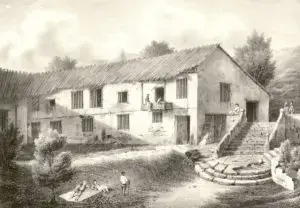
The second religious order of Catholic missionaries, who were given responsibility for the Marianas mission in 1769, were the Augustinian Recollect friars. The Recollects were
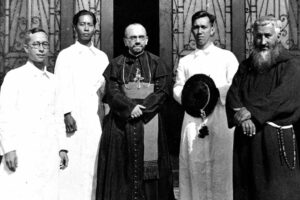
From a religious perspective, World War II in Guam, or I Tiempon Chapoñes as Chamorros/CHamorus referred to it, was traumatic for a number of reasons.

The idea of the world being divided into different realms, as was common in the Chamorro/CHamoru view after Christianity was introduced, is one promoted or
Ancient Chamorros/CHamorus, as well as CHamorus today, practice ancestral worship, or the veneration and respectful treatment of relatives who have died in hopes that they